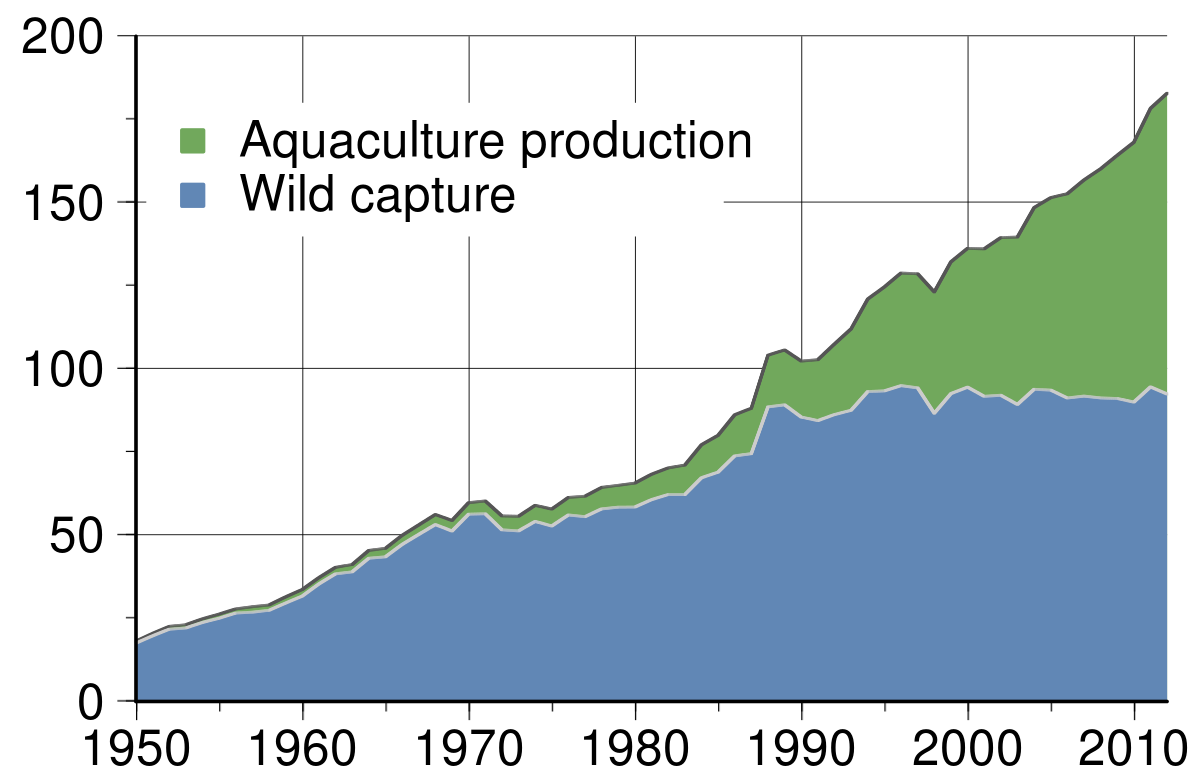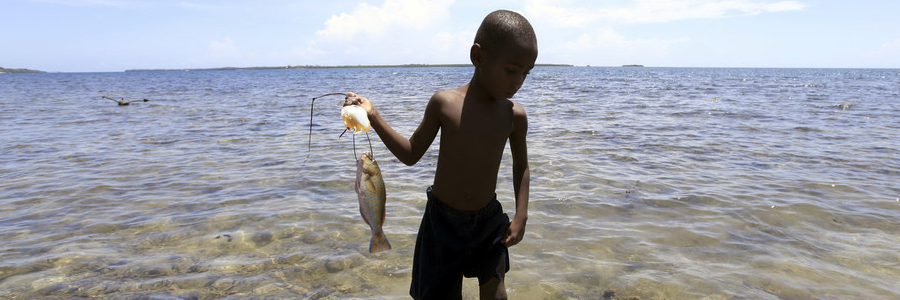The phrases a drop in the ocean or plenty more fish in the sea expose a worldview of the oceans as an infinite, resilient resource. This needs updating. The oceans are finite, fragile and filled with our garbage.
At the first UN conference on the oceans in New York this month, nations have come together to act decisively to pull the oceans back from the brink. There is still time, it makes economic sense and doing so is essential for long-term security. But they cannot do it alone. The world’s largest seafood companies met in New York to put in place a plan to ensure a sustainable oceans for future generations.
The marine world is a global commons essential to humanity, providing protein to three billion people. Ocean health is deeply entwined with human health. Moreover, the oceans have helped keep Earth’s climate relatively stable by absorbing 95% of the heat caused by greenhouse gas emissions.

Yet, we are watching the oceans decline. Ocean acidification is happening at a rate unprecedented in perhaps 300 million years. The seas are losing oxygen as they warm. Dead zones are expanding. Coral reefs, the oceans’ most biodiverse ecosystem, are dying. Arctic sea ice is waning and, ominously, warmer waters are encroaching on the gigantic Antarctic ice sheet risking destabilisation.
It was always assumed the oceans were broad and deep enough to take anything humans threw at them: the solution is dilution. In the last two decades, though, marine researchers have been shocked by the speed and scale of change.
Wild fish capture peaked around 1996 and has been declining 0.38 million tonnes per year according to the UN’s Food and Agriculture Organization, though others say the decline may be three times greater. Only 10% of global fish stocks are under fished – the rest are either at capacity or beyond sustainable levels. Aquaculture has expanded dramatically in recent decades, and has potential to further increase, but also struggle with a number of sustainability challenges, such as dependence on wild fish in feeds, disease, and overuse of antibiotics.
It is make or break time for the seafood industry. The science is now very clear on the scale of the challenge. But the industry controls its own destiny. Reforming fisheries management could not only prevent collapse, it could increase catch by 16 million tons per year by 2050.
Source: WEF. Read full article.
21 June, 2017

